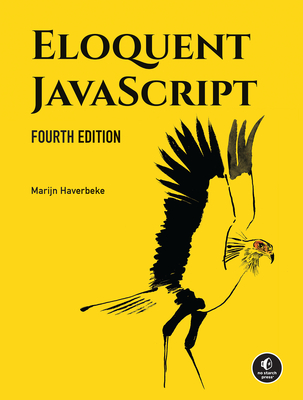Secure Java Web Development Training in Pembroke Pines
|
We offer private customized training for groups of 3 or more attendees.
|
||
Course Description |
||
| This comprehensive course shows experienced developers of Java EE
applications how to secure those applications and to apply best
practices with regard to secure enterprise coding. Authentication,
authorization, and input validation are major themes, and students get
good exposure to basic Java cryptography for specific development
scenarios, as well as thorough discussions of HTTPS configuration and
certificate management, error handling, logging, and auditing. Perhaps
the most eye-opening parts of the course concern common web
"hacks," or attack vectors. Students see how easy it is to
leave an application unguarded against cross-site scripting (XSS),
cross-site request forgery (CSRF), SQL injection, and other attack types
-- and learn that it's also easy to fix such vulnerabilities and the
importance of a secure development process. In the last part of the
course we move beyond the scope of traditional, interactive web
applications to consider RESTful web services, single sign-on systems,
and third-party authorization. Students learn to perform HMAC
cryptography as a means of HTTP message-level authentication, and get
introductions and hands-on exercise with SAML SSO and OAuth.
Course Length: 5 Days
Course Tuition: $2250 (US) |
||
Prerequisites |
|
| Java and Servlet programming experience is required. | |
Course Outline |
Chapter 1. Concerns for Web Applications
Chapter 2. Authentication and Authorization
Chapter 3. Common Web Attacks
Chapter 4. Input Validation
Chapter 5. HTTPS and Certificates
Chapter 6. Application-Level Cryptography
Chapter 7. REST Security Basics
Chapter 8. HMAC Security
Chapter 9. SAML SSO
Chapter 10. OAuth
Appendix A. Learning Resources |
Course Directory [training on all levels]
- .NET Classes
- Agile/Scrum Classes
- AI Classes
- Ajax Classes
- Android and iPhone Programming Classes
- Azure Classes
- Blaze Advisor Classes
- C Programming Classes
- C# Programming Classes
- C++ Programming Classes
- Cisco Classes
- Cloud Classes
- CompTIA Classes
- Crystal Reports Classes
- Data Classes
- Design Patterns Classes
- DevOps Classes
- Foundations of Web Design & Web Authoring Classes
- Git, Jira, Wicket, Gradle, Tableau Classes
- IBM Classes
- Java Programming Classes
- JBoss Administration Classes
- JUnit, TDD, CPTC, Web Penetration Classes
- Linux Unix Classes
- Machine Learning Classes
- Microsoft Classes
- Microsoft Development Classes
- Microsoft SQL Server Classes
- Microsoft Team Foundation Server Classes
- Microsoft Windows Server Classes
- Oracle, MySQL, Cassandra, Hadoop Database Classes
- Perl Programming Classes
- Python Programming Classes
- Ruby Programming Classes
- SAS Classes
- Security Classes
- SharePoint Classes
- SOA Classes
- Tcl, Awk, Bash, Shell Classes
- UML Classes
- VMWare Classes
- Web Development Classes
- Web Services Classes
- Weblogic Administration Classes
- XML Classes
Java Programming Uses & Stats
|
Difficulty
|
Popularity
|
Year Created 1995 |
|
Pros
Most Commonly Used:
Great Career Choice:
Android Apps Development:
It Can Run On Any Platform:
Great Supporting IDE's: |
Cons
Uses a Lot of Memory:
Difficulty in Learning:
Slow Start Up Times:
Verbose and Complex Code:
Commercial License Cost: |
| Java Programming Job Market |

Average Salary
|

Job Count
|

Top Job Locations
New York City |
|
Complimentary Skills to have along with Java Programming
- If you are an experienced Java developer, learning a complimentary language to Java should come much more naturally. As an example JetBrains recently created the Kotlin programming language which is officially supported by Google for mobile development. Kotlin compiles to Java bytecode and runs on the JVM; it's purported to address many of Java's shortcomings... |






